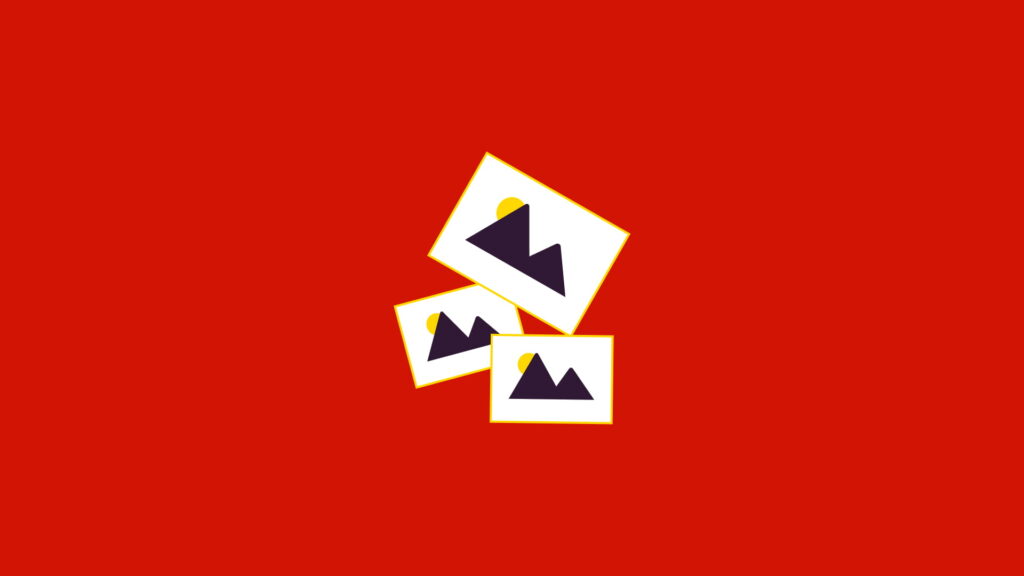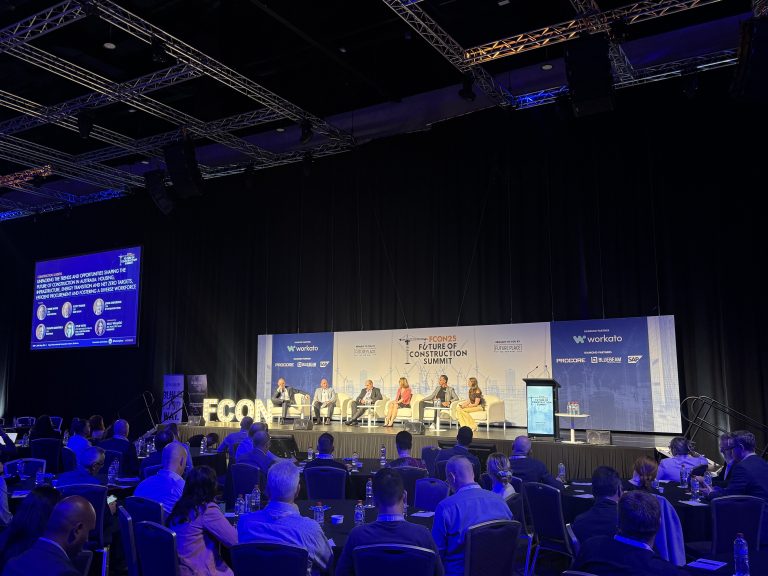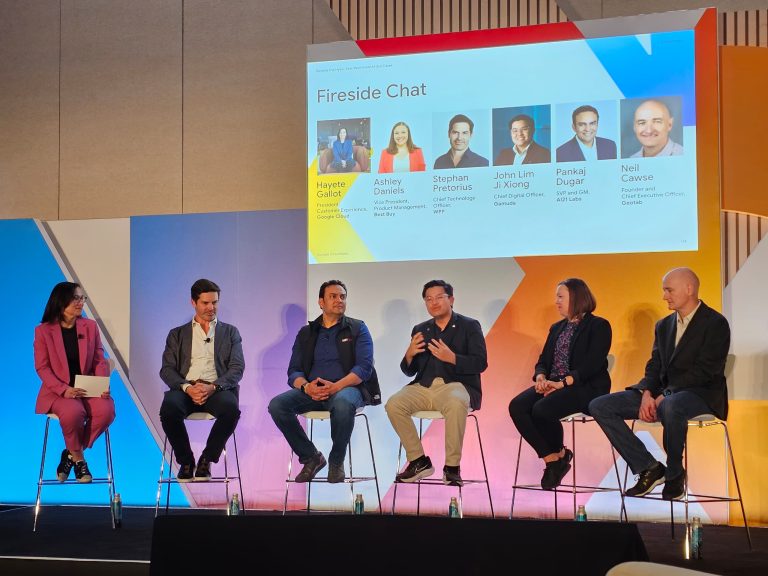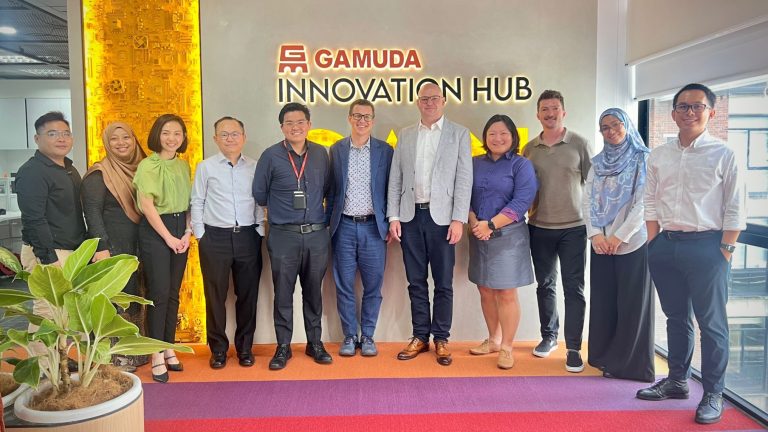Catch the key learnings at our recap video!
On 3 September 2021, we had Dr Farouk Abdullah of Berjaya Corporation as key speaker for the third round of the monthly TechTalks by GET series. Dr. Farouk had recently been appointed Chief Digital Officer (CDO) at Berjaya Corp. and is also CEO at Natural Intelligence Solutions Technology, a data analytics solutions provider.
For his talk titled “Digitisation vs digitalisation: know the difference!”, Dr. Farouk started off by deconstructing the two commonly-confused concepts.
By definition
“Digitisation is the process of converting information from a physical format (analogue) into a digital one”
“Digitalisation is when the digitisation processes are leveraged for the benefit of the business or users.”
Essentially, digitalisation is one level up from digitisation – where the tools themselves are harnessed to yield bigger business impact. For example, beyond converting paper forms into digital forms as part of the natural progression of modern businesses, the next step into digitalisation would mean taking advantage of the data fields in the form to yield useful business insights.
As Dr. Farouk puts it, “anything that hasn’t been digitalised can’t be analysed”, the only way forward is to embark on a holistic digital transformation journey from the get-go.
He then provided a case study on retail data analytics based on two well-known retail giants, one popular for its household-focused hypermarkets and another a 24/7 convenience store franchise.

The multi-faceted components of retail analytics
Even though both had data captured from the same source at point-of-sale, each had different modus operandi. The convenience store was interested in knowing what items and when their customers were purchasing, while the hypermarket was more interested in who their customers were and their behaviour.
At the convenience store, the data helped them optimise product mixes and bundles, placements and even type of products to boost sales. At the hypermarket retailer, apart from the similar benefits of optimised inventory management, they could also craft more targeted marketing strategies based on the demography of their club membership users.

A general overview of the data journey
To summarise, Dr. Farouk presented some key learning points, taken verbatim from his slides:
- Don’t be too focused in understanding your customer – start with understanding the purchasing behaviour
- When you are creating new ways to collect new data from your customers, start with the customer (internal or external) experience
- Process changes and investment is required!
- When looking for “best practices” or “benchmarking”, always contextualise to your own business
We’ve also listed some food for thought from the Q&A session where panelists John Lim Ji Xiong and Evelyn Liu, both core members of GET, joined in.
- “Look into the business context and data that you already have and think creatively how can that be used.” John Lim pointed out, as he encouraged everyone regardless of their background, on where they can start in the data journey.
- Weighing the advantages of taking a top-down approach to digital transformation versus letting pockets of innovations develop organically, Dr Farouk believes a senior management-driven mandate is effective when the change is simply irrefutable. Case in point: going from a desktop to laptop in a remote working environment is a must.
- On the reality of data science in practice, Evelyn reveals that it is more hard work and mundane than it appears to be in pop culture. For example, you might spend the bulk of the time just cleaning up data before you get to the fun part of predicting behaviors and more.
- Some of the criteria of what makes a good data analyst: genuine curiosity and strong logical thinking. It’s also useful to have a background in mathematics, statistics and coding. If you tick all these boxes, hit us up at the Data Hero Programme!
- A tip on how to persuade with data: always align the relevance of your findings to business needs. Sometimes the challenge is figuring out what exactly the management wants from the data.
- A useful analogy from Dr. Farouk: You’ll need to decide first what you want to eat (management direction), before deciding how can you use the ingredients in your fridge (data) to cook a specific dish and even find out what else do you need, i.e., what type of chef (skill set) or equipment (resources) is needed




